PetNcs
Chameleon Enthusiast
Chameleons inhabit naturally-autochtoneously three continents:
Africa incl. Madagascar and many off-shore Islands (vast majority of species)
Asia (from ear East to India and Sri Lanka) and
Europe (here only some eastern Mediterranean islands)...
Thanks to humans, they have been introduced to a series of countries, sometimes intentionally (for fun, for wild harvesting), sometimes as an incident (escapees, abandoned specimens after hurricanes or unwanted pets...) and in some territories, they were capable of building a more or less stable and reproducing populations, sometimes “thriving” and even expanding to other territories, and/or considered “invasive species”, sometimes not doing especially well...
Sometimes, finds of live or dead animals are reported (CZ: C. Calyptratus, T. hoehnelii; CH: C. chamaeleon; GB C. calyptratus misidentified as F. plus flight ardalis; Spain: Mallorca: C. calyptratus; Indonesia, Bali: C. oshaughnessyi, C. brevicorne etc.)
There is a (very likely yet incomplete) list of the known feral populations of chameleons:
Chamaeleo calyptratus:
FLORIDA, USA
HAWAII, USA (reported as eradicated already)
Furcifer pardalis:
FLORIDA, USA
MAURITIUS (maybe autochtonous)
REUNION, FRANCE (maybe autochtonous)
ANJOUAN, COMOROS
Trioceros jacksonii
FLORIDA, USA
CALIFORNIA, USA
LOUSIANA, USA
HAWAII, USA
Furcifer oustaleti
FLORIDA, USA
KENYA (extinct)
Chamaeleo chamaeleon
MEDITERRANEAN COAST, SPAIN
MEDITERRANEAN COAST, PORTUGAL
MALTA, GOZO
CRETE, GREECE (unconfirmed)
CANARY ISLANDS, Spain (unconfirmed)
SICILY, ITALY (unconfirmed)
APULIA, ITALY
Chamaeleo africanus
PELOPONNES, GREECE
On chameleons(dot)info, there is a special section on them in the section GALLERY: if you have an observation, please share...
Africa incl. Madagascar and many off-shore Islands (vast majority of species)
Asia (from ear East to India and Sri Lanka) and
Europe (here only some eastern Mediterranean islands)...
Thanks to humans, they have been introduced to a series of countries, sometimes intentionally (for fun, for wild harvesting), sometimes as an incident (escapees, abandoned specimens after hurricanes or unwanted pets...) and in some territories, they were capable of building a more or less stable and reproducing populations, sometimes “thriving” and even expanding to other territories, and/or considered “invasive species”, sometimes not doing especially well...
Sometimes, finds of live or dead animals are reported (CZ: C. Calyptratus, T. hoehnelii; CH: C. chamaeleon; GB C. calyptratus misidentified as F. plus flight ardalis; Spain: Mallorca: C. calyptratus; Indonesia, Bali: C. oshaughnessyi, C. brevicorne etc.)
There is a (very likely yet incomplete) list of the known feral populations of chameleons:
Chamaeleo calyptratus:
FLORIDA, USA
HAWAII, USA (reported as eradicated already)
Furcifer pardalis:
FLORIDA, USA
MAURITIUS (maybe autochtonous)
REUNION, FRANCE (maybe autochtonous)
ANJOUAN, COMOROS
Trioceros jacksonii
FLORIDA, USA
CALIFORNIA, USA
LOUSIANA, USA
HAWAII, USA
Furcifer oustaleti
FLORIDA, USA
KENYA (extinct)
Chamaeleo chamaeleon
MEDITERRANEAN COAST, SPAIN
MEDITERRANEAN COAST, PORTUGAL
MALTA, GOZO
CRETE, GREECE (unconfirmed)
CANARY ISLANDS, Spain (unconfirmed)
SICILY, ITALY (unconfirmed)
APULIA, ITALY
Chamaeleo africanus
PELOPONNES, GREECE
On chameleons(dot)info, there is a special section on them in the section GALLERY: if you have an observation, please share...
Attachments
-
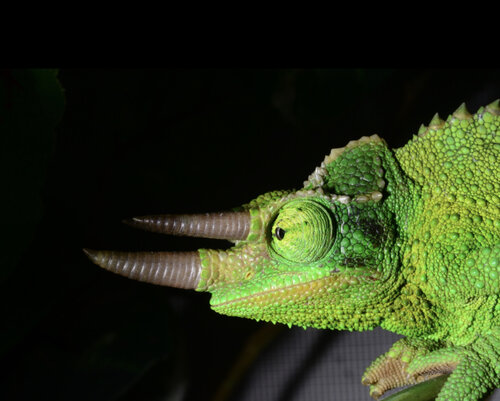 E0C9E62B-EC5F-4792-AFC5-EF2B311FBD30.jpeg808.2 KB · Views: 299
E0C9E62B-EC5F-4792-AFC5-EF2B311FBD30.jpeg808.2 KB · Views: 299 -
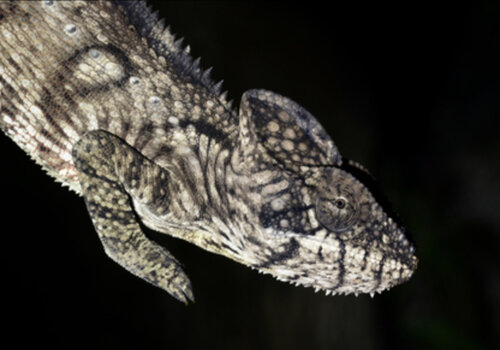 BB4D60CD-4B2D-4E4C-9D67-A1F1C9BAF54D.jpeg545.2 KB · Views: 262
BB4D60CD-4B2D-4E4C-9D67-A1F1C9BAF54D.jpeg545.2 KB · Views: 262 -
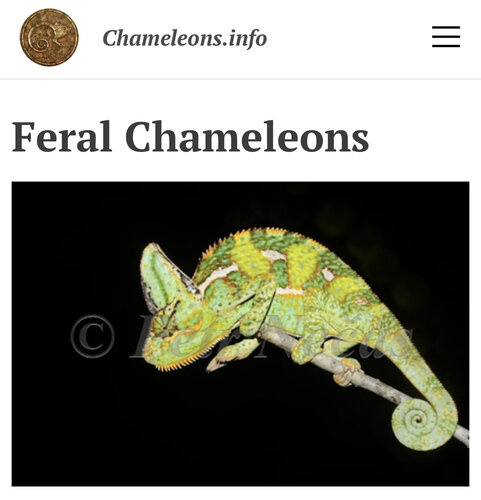 E135C87C-FDD8-488B-9A49-57D3F18B7047.jpeg103.8 KB · Views: 268
E135C87C-FDD8-488B-9A49-57D3F18B7047.jpeg103.8 KB · Views: 268 -
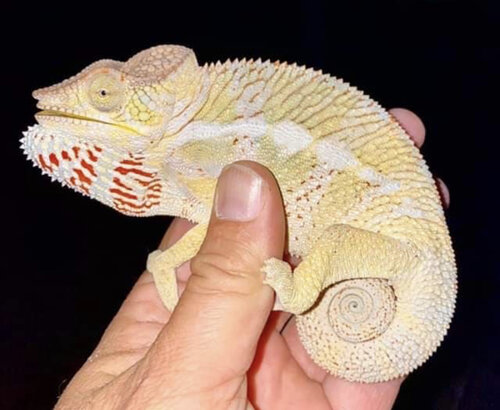 F55BDA0B-7037-4CF3-BAEC-BDD6BCBA5D7F.jpeg726.7 KB · Views: 240
F55BDA0B-7037-4CF3-BAEC-BDD6BCBA5D7F.jpeg726.7 KB · Views: 240 -
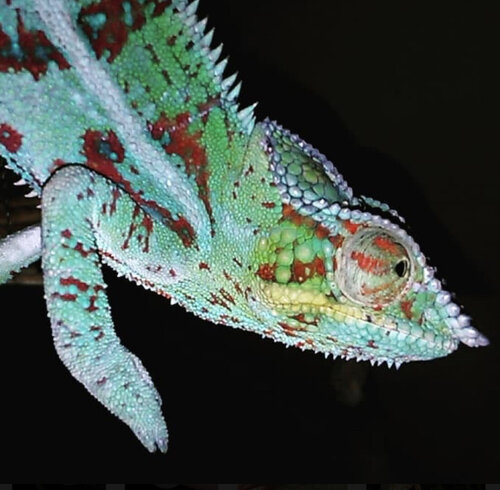 25230108-CC13-4840-8171-3B0190B515E3.jpeg170.4 KB · Views: 244
25230108-CC13-4840-8171-3B0190B515E3.jpeg170.4 KB · Views: 244 -
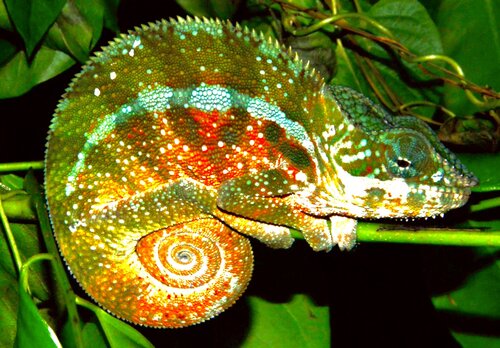 DE904270-20B0-43E1-8E46-83DF5B8FB1D7.jpeg401.4 KB · Views: 263
DE904270-20B0-43E1-8E46-83DF5B8FB1D7.jpeg401.4 KB · Views: 263 -
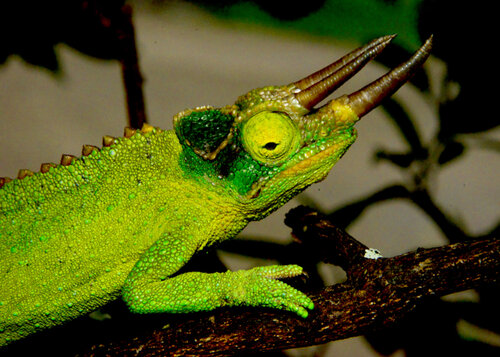 1FB8846B-7AC7-459B-90E9-467D4A295C21.jpeg1.2 MB · Views: 290
1FB8846B-7AC7-459B-90E9-467D4A295C21.jpeg1.2 MB · Views: 290

